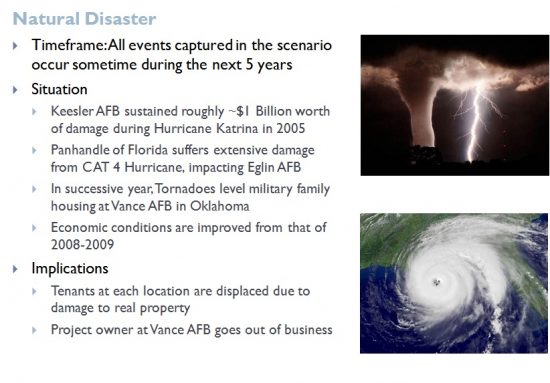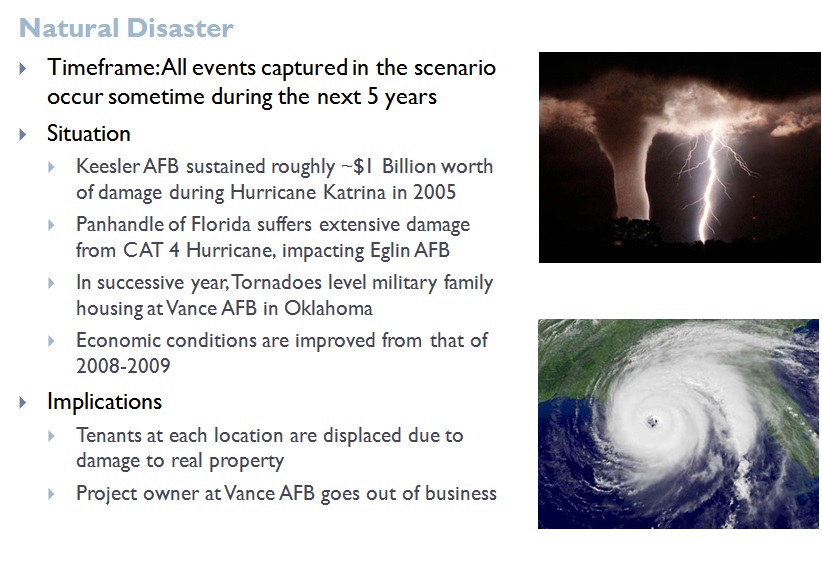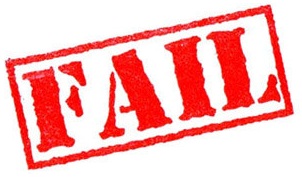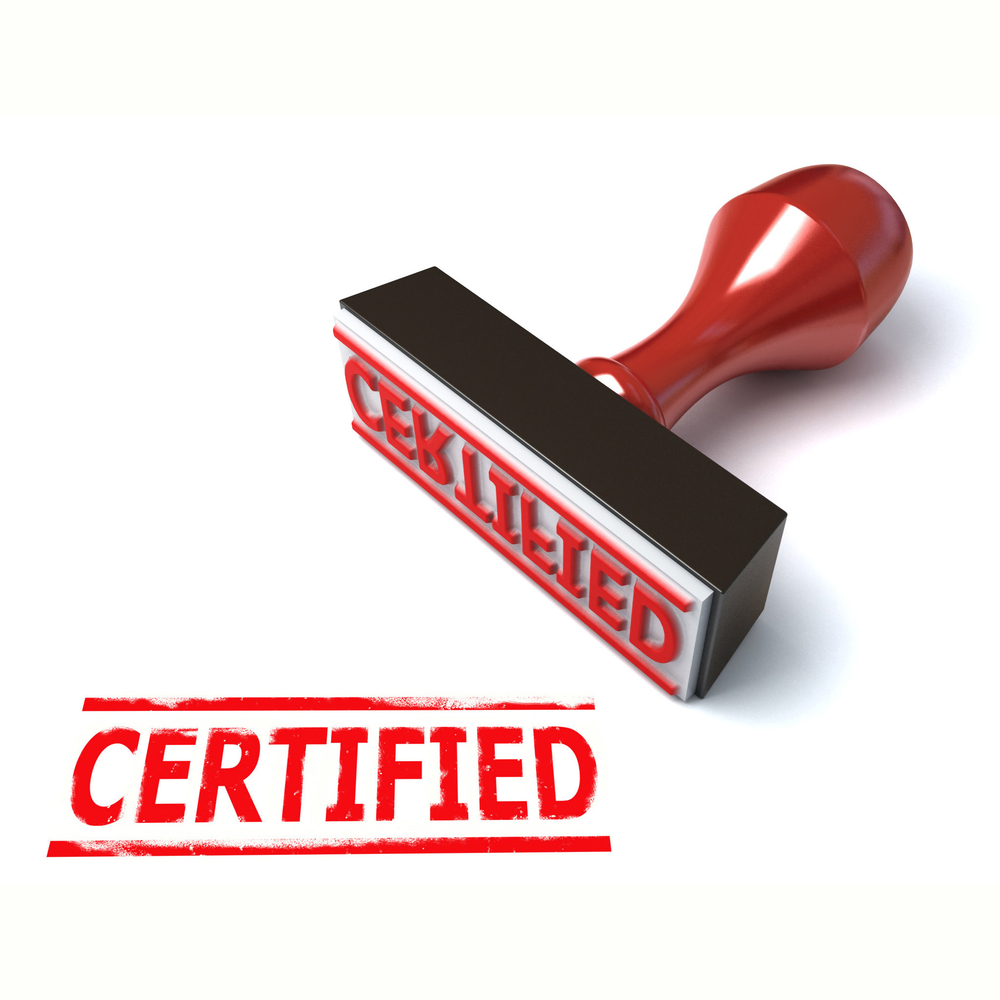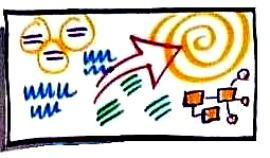Businesses fail for many reasons. However, at the nexus of almost every reason — there was no plan.
Business owners know they need a plan, but 9 times out of 10 don’t have one.
Even for those 10% that do have a plan, most (70%) fail to achieve the strategic changes desired.
As I write my book, Think Big, Take Small Steps, help me see if these numbers are accurate.
I welcome your thoughts on strategic planning.
– Too difficult
– A waste of time
– Too ridged and not agile
– Don’t see the importance
– Takes too much time
– Don’t know how
– …
Your thoughts and engagement are much appreciated!!!
#business #success #incubator #coaching #consultants
#strategicplanning #thinkbig
